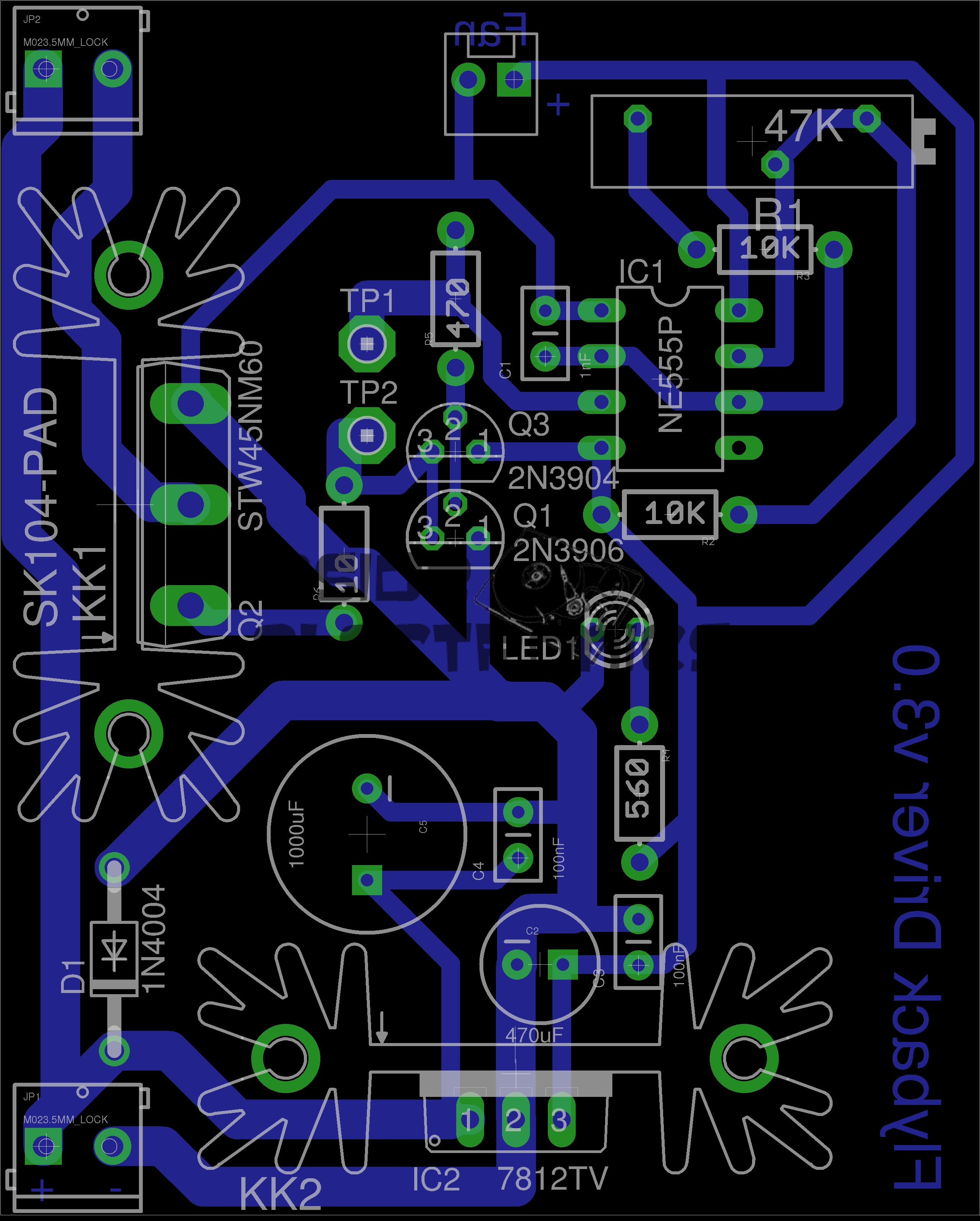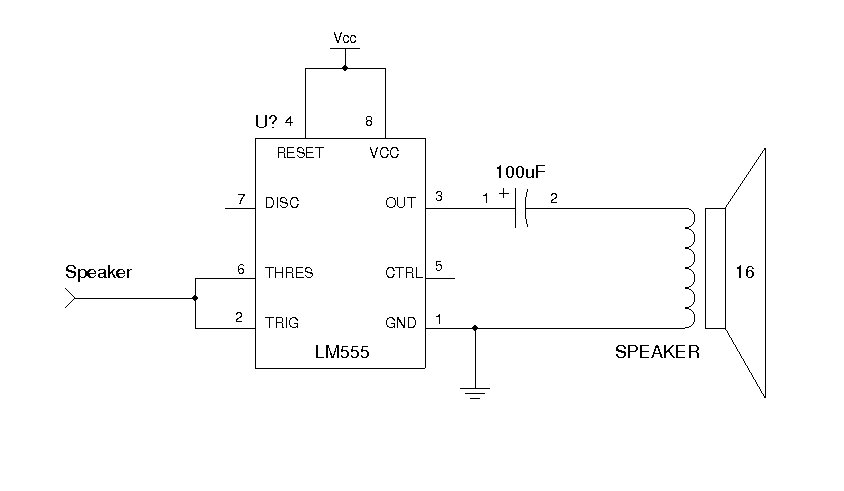

With the variable capacitor set toįull-mesh at 100pF, the resonant frequency is 1066 kHz and this is the low frequency limit of the That the inductor has 300 turns of #33 enamel-coated wire, in a single-layer solenoid form ofĠ.5071 inch wire-center-to-wire-center inductor diameter, close-wound over a 2.367 inch length).Īs such, the inductor has an inductance of about 223µH. From the description and the picture, I estimate I believe the inductor is poorly dimensioned. The inductor is what determines the tuning of the AM receiver. Ignoring these negligibleĬapacitances, the resonate frequency exhibited by the 100 pF air variable tuning capacitor and Negligible, and the antenna-to-earth capacitance also is negligible. The amount of ICM7555 device capacitance that adds to the 100 pF air-variable tuning capacitor is

Using a MAXIM ICM7555 as an AM broadcast band receiver is innovative indeed! You really nailed the heart of the competition!Ī ham radio friend commented quite completely on this project. I use power rectifier diodes successfully for this purpose! Food for thought… but again, awesome project. Also, that variable capacitor is expensive and a little hard to find (I know!) – a configuration with a varactor diode and potentiometer would be cheaper, easier to access for anyone to recreate, and allow voltage controlled (microcontroller?) tuning. Living on the 2nd floor of an apartment, my AC ground is noisy as can be! I have a radial system of balanced dipole antennas hanging on my ceiling inside my apartment to try to avoid using AC ground as ground. In the RF a good ground is just as important as your antenna, and who knows what else AC ground is used for! Lights, other electronics, air conditioners – all sorts of things tie into the same wires which may push noise back into your radio. Very clever! I’m impressed! As a note to newcomers, be very wary about thinking of AC ground as “near to earth ground”. Want to hear what it sounds like? Check out the video below:Īnd of course, I can’t end the post without a gratuitous shot of the ICM7555 in circuit. This ensures that the negative “halves” of the radio wave don’t cancel out the positive “halves”.

This variation causes the output duty cycle to vary, which we can hear as sound in the speaker.ĭemodulating the signal properly requires adjustment of the bias knob, so that part of the radio signal is “clipped” and ignored by either the threshold or trigger comparators. When a radio signal comes in, it gets superimposed on the ramp signal, causing the threshold and trigger comparators to trip early or late in a cycle. With no radio signal coming in, the voltage on Threshold/Trigger ramps up until it hits the threshold, and then Discharge causes the voltage to ramp down again. The potentiometer wiper goes to the LC arrangement.

The pulse width modulator ramp is created by the 0.01uF capacitor and the 10K bias potentiometer which are connected to the Discharge pin. This is the reason why the CMOS version of the 555 timer performs much better than the standard bipolar, which has higher input bias current. I had to invert the circuit and tie both high impedance analog pins, Threshold and Trigger to the radio signal input. If I used the standard approach and connected the input to the CV pin, the low impedance of the pin would prevent the circuit from receiving any radio signals. The 555 timer is configured as a pulse width modulator in a non-traditional configuration. So far this is exactly like an AM crystal radio. One end of the parallel configuration of L and C connects to an antenna (surprisingly long!) and the other end connects to a ground wire which is tied to the AC outlet ground (old books tell you to ground it to a water pipe). Here’s how the circuit works: The AM radio signal is tuned by inductor L, which is 300 turns of wire on a 1/2 inch diameter cardboard tube made out of an old toilet paper roll, along with the 100pF variable capacitor. You may be wondering how all this is accomplished with a 555. The tuning is accomplished with an inductor and a capacitor, and the ICM7555 acts as an AM demodulator and class-D power amplifier to drive the speaker. The only active device (silicon, germanium, or otherwise) is the ICM7555. Turns out the fact that it is CMOS is important for this particular circuit… It uses an ICM7555, which is Maxim’s second source of Intersil’s CMOS version of Signetic’s original NE555 timer. Yes, it’s not really vacuum tube related, but I built an entry for the 555 timer contest. 555 Contest Entry Febru10:19 pm eric Projects


 0 kommentar(er)
0 kommentar(er)
